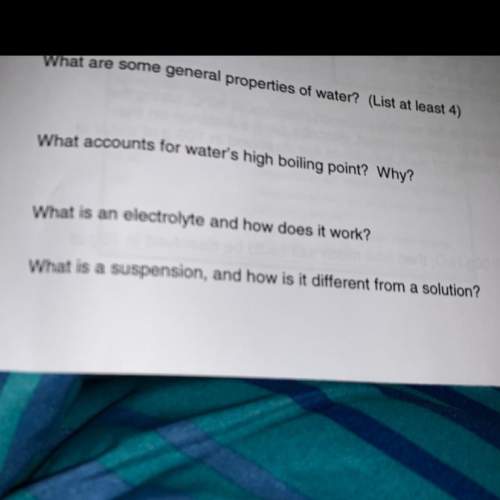
Chemistry, 17.02.2022 17:10 BigGirlsTheBest
(b) Iron(III) chloride can be produced by the reaction shown in the equation:
2 Fe + 3 Cl, → 2 FeCl,
0 Calculate the maximum mass of iron(III) chloride (FeCl) that can be produced from
11.20 g of iron.
Relative atomic masses (A.): CI = 35.5; Fe = 56.
=

Answers: 3
Another question on Chemistry

Chemistry, 21.06.2019 15:30
Complete this brønsted-lowry reaction placing each product by its appropriate label. hso4- + hcn
Answers: 1

Chemistry, 22.06.2019 16:00
The chemical equation below shows the reaction of sodium (na) and chlorine (cl) to form sodium chloride (nacl). 2na + cl2 → 2nacl in this equation, which of the following is a reactant? i. sodium ii. chlorine iii. sodium chloride
Answers: 1

Chemistry, 22.06.2019 16:30
Ammonium perchlorate nh4clo4 is the solid rocket fuel used by the u.s. space shuttle. it reacts with itself to produce nitrogen gas n2 , chlorine gas cl2 , oxygen gas o2 , water h2o , and a great deal of energy. what mass of nitrogen gas is produced by the reaction of 2.1g of ammonium perchlorate?
Answers: 2

Chemistry, 23.06.2019 00:00
This statement about matter and its behavior is best classified as a
Answers: 1
You know the right answer?
(b) Iron(III) chloride can be produced by the reaction shown in the equation:
2 Fe + 3 Cl, → 2 FeC...
Questions


Mathematics, 26.03.2020 20:00










Mathematics, 26.03.2020 20:00


History, 26.03.2020 20:00






Mathematics, 26.03.2020 20:00




